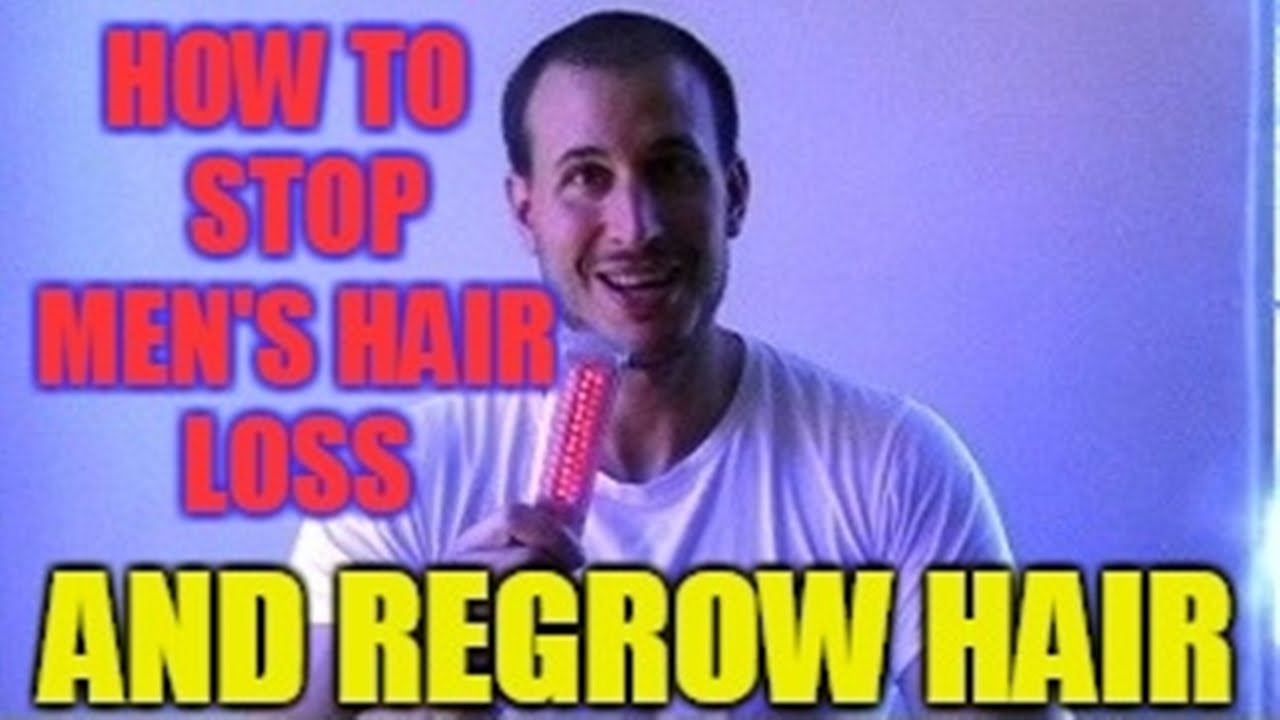Female Hair Loss On Sides, Temples, And Around Edges
Female hair loss that occurs in the temple area, edges, or sides of head could be caused by several different disorders.
Frontal Fibrosing Alopecia
Frontal fibrosing alopecia is a newly discovered condition. It was first described in 1994. Characteristics include symmetrical hair loss along the top hairline and the sides of scalp. Complete or partial eyebrow loss can also occur. This condition does not happen suddenly. It is a slow, gradual process. The bald area progressively recedes farther and farther back, forming a "band" around the top and side edges that resembles a receding hairline. The baldness can extend as much as five inches past the original hairline. There may be a slight or noticeable contrast in the appearance of the skin in the affected area. It may appear pale or mildly scarred.
The condition was originally named "postmenopausal frontal fibrosing alopecia" as it was originally thought to only affect women of postmenopausal age. Now it is being seen in younger women as well. Although it was once considered very rare, it is increasingly becoming more common. The cause is unknown but there is speculation that the immune system and / or hormonal system may be involved.
Because it is a type of cicatricial alopecia, scarring occurs under the surface. The scarring creates a closure over the affected follicle, making it impossible for that follicle to ever produce hair again. Treatment revolves around stopping the progression rather than trying to re-grow the hair that has already been lost. Early intervention is necessary.
Alopecia Ophiasis
Ophiasis is a more severe and dramatic variation of alopecia areata. A pattern of baldness occurs at the temples, behind the ears, along the sides, and extending to the nape (or entire occipital area) of the neck. The bald areas often occur on one side or in one area first, gradually connecting together to form a band around the perimeter of scalp on the sides and along the bottom of neck area. Ophiasis is a Greek word meaning serpent, referring to the snake-like pattern that is formed as this condition progresses.
With alopecia areata in all its various forms, the follicles are not damaged or destroyed so there is always the possibility of regrowth. The prognosis for ophiasis is not as positive as it is in less severe forms of this disorder, but as long as the follicles are still alive the opportunity is there. Early intervention provides better results.
Because it is an autoimmune disorder, proper treatment would include calming, nourishing and balancing (but not over-stimulating) the immune system, as well as treating the hair loss itself. Autoimmune disorders require specific anti-inflammatory diet that may also require elimination of gluten and other possible food allergens. Natural or synthetic agents may be used to encourage follicle stimulation and new growth.
Traction Alopecia
Traction is one of the most common causes of temporal thinning in women and girls. This occurs from wearing tightly pulled hairstyles consistently for prolonged periods of time. The sustained tension on the scalp strains the follicle, causing the underlying strand to loosen from the follicle. Persistent tension may eventually damage the follicle.
Treatment involves wearing hair loose as much as possible and massaging area with essential oils, coconut oil or jojoba to provide nourishment and circulation to follicles. Early detection is necessary as scarring can occur with this condition. Once scarring occurs, hair loss is permanent.
Female Hair Loss On Sides, Temples, And Around Edges by Melanie Vonzabuesnig




